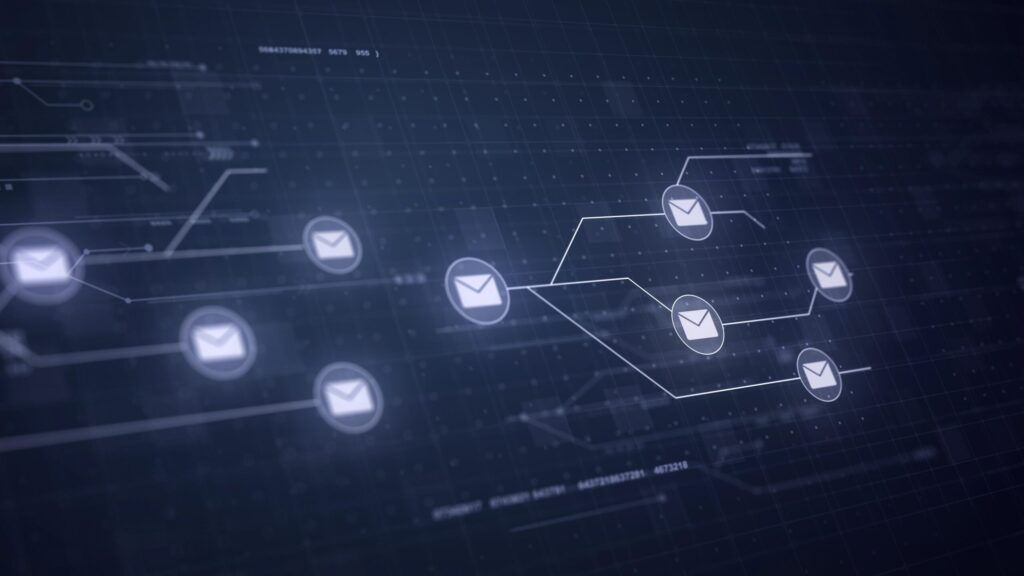Most marketers are familiar with the terms “brand awareness” and “demand gen” as goals, but they typically fall into separate campaigns. And while that’s a good practice theoretically, it means you could be missing out on buyers that learned about you through brand awareness and then identified a demand for your product.
However, brand awareness typically gets the short end of the stick when it comes to B2B marketing budgets. In fact, brand marketing only averages about 30% of the total marketing budget for an organization, with many companies allocating even less to branding. Much of this is because it can be difficult — but not impossible — to track success from brand awareness campaigns.
Brand to Demand is an audience-focused, full-funnel approach to B2B marketing. It’s more than an integrated program — it’s the idea that brand awareness leads to demand generation. Without name recognition, it’s going to be much harder to drive leads to your business. So, how can you bridge the gap that currently exists between these goals?
Introducing or Enforcing Your Brand to Your Buyers Where They’re Researching
Customers don’t buy from brands they’ve never heard of, for a couple of reasons. One, it’s very difficult to purchase something when you don’t know where to go. And two, the business hasn’t built any trust with the buyer. If buyers don’t know to come to you, you have to go to them.
Often, buyers start their research on third-party sites that offer content like top product lists and reviews instead of with vendors, meaning you need to be on these third-party sites as well. Customer reviews, display ads, and sponsored or guest content all give you opportunities to increase the awareness of your brand where your ideal buyers are already doing their research. You may have both paid and organic options for getting your name on these sites. Paid is likely easier, but organic placements will have more value.
Reaching Across a Variety of Channels and Touchpoints
Buyers all have unique preferences, and they may not be researching products all on the same channels. Your marketing efforts have to meet buyers where they are, whether that be on the phone, through email, reading blogs, watching videos, or scrolling through social media. Similarly, even on the same channels, you can’t use a single format to market your products. Some people may click a display ad but won’t watch a webinar, while others prefer to read a blog article or watch a video.
And these formats also have to reach across the funnel. The buying journey isn’t linear for many buyers, and they may restart phases of the process or the entire thing several times until they find what they’re looking for. Because of this, brand awareness has a much bigger impact than organizations often give it credit for.
Podcast: How to Win at B2B Social Media
Using Intent Data to Understand In-Market Accounts
Intent data can tell you which organizations are actively looking for solutions like yours, making it easier for you to tailor your messaging to them. Using intent data, you can build target account lists, giving you a smaller pool of businesses to actively market toward while your brand awareness campaigns are working their magic. You can get intent data from your own website using tools like Google Analytics, or you can contract with third-party companies to get intent data on businesses that are demonstrating intent across the web.
What Are All the Ways People Demonstrate Intent?
Choosing the Right Messages for the Right Audiences at the Right Times
You can have the best messaging in the world, but if it doesn’t go to the right people at the right time, it won’t really do much good. The content you deliver to buyers should reflect the stage of the funnel they’re in. Top-of-the-funnel buyers need high-level information, while bottom-of-the-funnel buyers are ready to see product comparisons and more information about platform features. Buyers that move down the funnel have different needs than they did when they first learned about your product. And customers having new needs means you need to give them new content.
Optimizing Your Efforts
Brand to Demand marketing isn’t a strategy you can just set and forget. You have to constantly tweak it to make sure you’re getting the right mix of channels and that your targeting matches your ideal audience. For example, vendors often target specific job titles, when really any decision-maker would be a good lead for them. Plus, not all companies use the same job titles for the same role, so vendors could be excluding solid leads because they’re too focused on the title.
Find Partners with Brand to Demand Experience
If you’re newer in your branding journey, you don’t have to be an expert right away. You can start with the basics, like display ads and social media posts, and find partners that can help you get your brand in front of the right audience. That way, when buyers are ready to start their search, they already know what you offer.
TechnologyAdvice offers a full suite of Brand to Demand solutions, as well as integrated marketing packages, helping you reach buyers wherever they are in their buying journey. We offer a variety of different custom content formats, email newsletters, display advertising, and lead generation to help you get your name in front of more customers.
To find out if one of these integrated Brand to Demand packages is right for you, contact TechnologyAdvice today.




